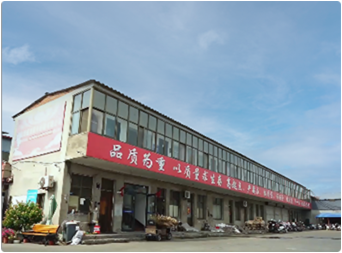नवम्बर . 01, 2024 18:58 Back to list
Understanding the Characteristics and Applications of DIN 934 Standards in Fasteners
Understanding DIN 934 An Overview
DIN 934 is a standard for hexagonal nuts set by the German Institute for Standardization (Deutsches Institut für Normung, or DIN). This standard is widely recognized and adopted internationally, reflecting the importance of standardization in engineering and manufacturing. In this article, we will delve into what DIN 934 entails, its applications, and its significance in various industries.
What is DIN 934?
DIN 934 specifies the dimensions and mechanical properties of hexagonal nuts. These nuts are fasteners used in conjunction with bolts, screws, and other threaded components to secure parts together. The hexagonal shape allows for easy gripping and turning with tools, making them versatile for various applications. One of the key features of DIN 934 nuts is their uniformity; they are produced to exact tolerances, ensuring compatibility with standard bolts and screws.
The standard details several aspects of nuts, including dimensions, tolerances, materials, and mechanical properties. Generally, the nuts are made from various materials, such as carbon steel, stainless steel, and non-ferrous metals, depending on the intended application. Various grades determine the strength of the nuts, which is crucial for their performance in applications subject to high stress or load.
Applications of DIN 934 Nuts
DIN 934 nuts are used across a broad spectrum of applications, from construction and manufacturing to automotive and aerospace industries. In construction, they are often employed in structural assemblies, where securing beams and columns together is essential for the stability and integrity of buildings. In automotive manufacturing, these nuts are critical for assembling engines, frames, and various components that must withstand dynamic loads and vibrations.
what is din 934

In the aerospace industry, the use of high-strength, lightweight materials compliant with DIN 934 is vital due to stringent safety regulations and performance requirements. Here, the integrity of fasteners directly impacts the reliability and safety of aircraft, making adherence to standards like DIN 934 crucial.
Benefits of Using DIN 934 Standards
Using DIN 934 compliant nuts ensures that manufacturers and engineers can rely on consistent quality and performance. Standardization minimizes the risk of failures due to incompatibility, which can lead to costly downtime and repairs. Furthermore, having a clear set of standards helps in simplifying the procurement process, as buyers can easily specify the types of nuts they require.
Additionally, the adherence to standard dimensions and specifications allows for easier maintenance and replacement. When a nut needs to be replaced, a DIN 934 nut can be easily sourced and used without the need for extensive modifications.
Conclusion
In conclusion, DIN 934 is a vital standard that ensures the quality, compatibility, and reliability of hexagonal nuts across various industries. By providing a benchmark for manufacturing, it enhances safety and performance in critical applications, from construction to aerospace. Adopting such standards not only streamlines production processes but also fosters trust in the reliability of mechanical systems worldwide. Understanding standards like DIN 934 is essential for engineers and manufacturers striving for excellence in design and safety.
-
The Ubiquitous Reach of DIN934 in Application Realms
NewsMay.16,2025
-
Exploring Different Bolt Types
NewsMay.16,2025
-
Cracking the Code of Sleeve Anchor Mastery
NewsMay.16,2025
-
Clamp Design Principles,Types and Innovations
NewsMay.16,2025
-
Artistry Inspired by the Humble Anchor Bolt
NewsMay.16,2025
-
A Deep Dive into Screw Types
NewsMay.16,2025


